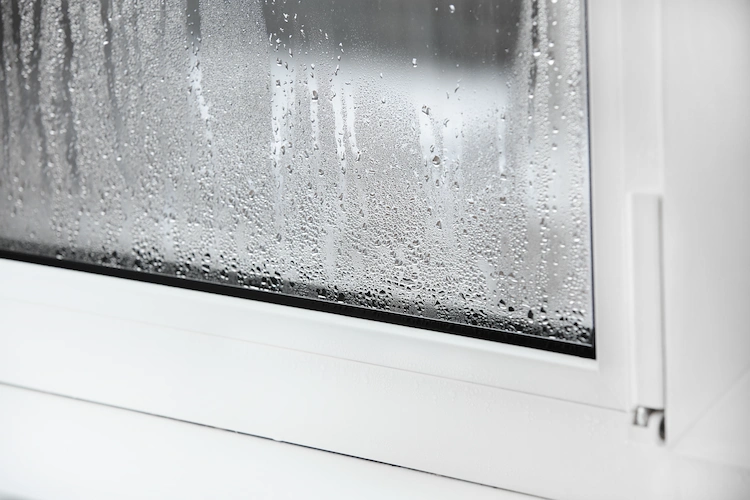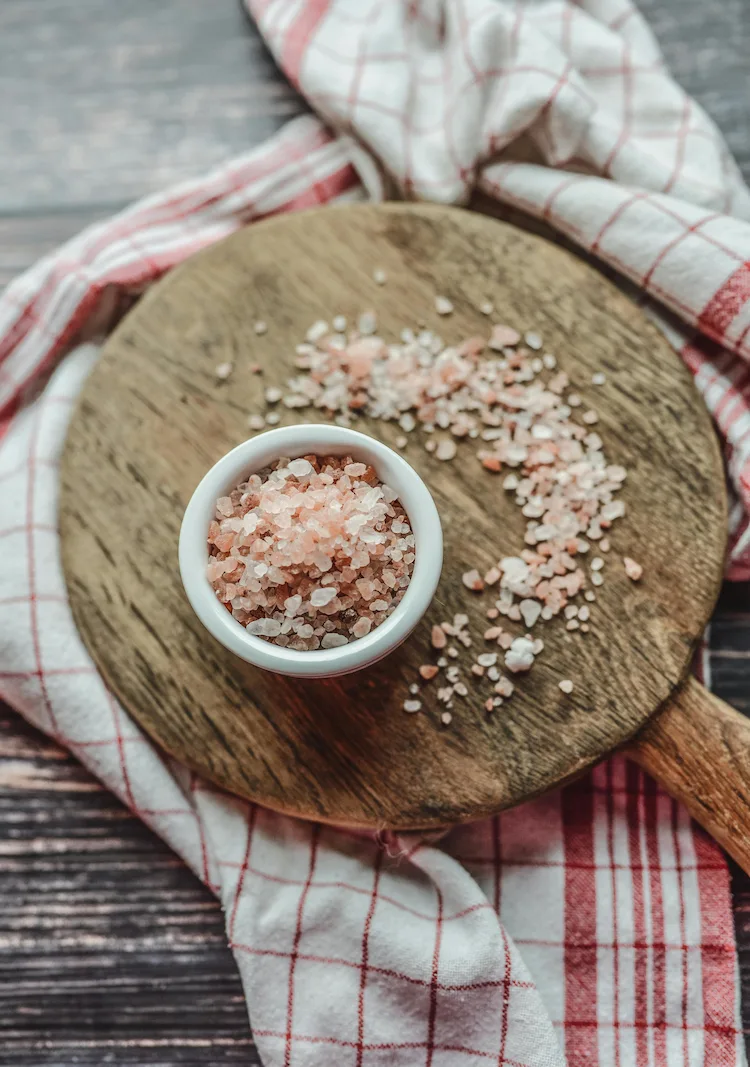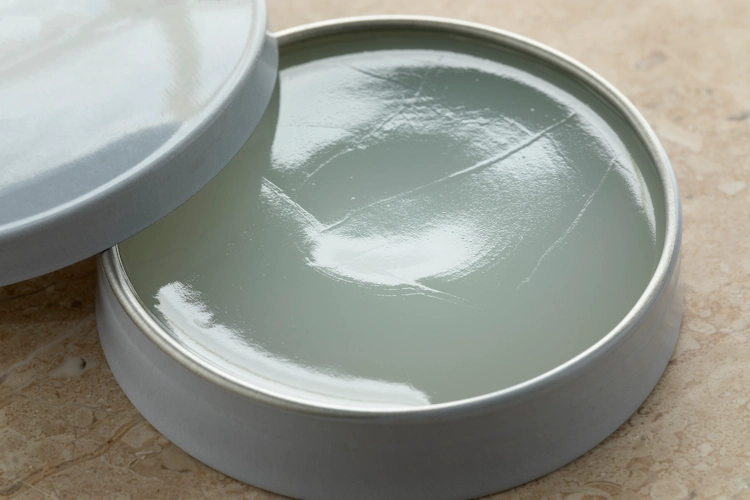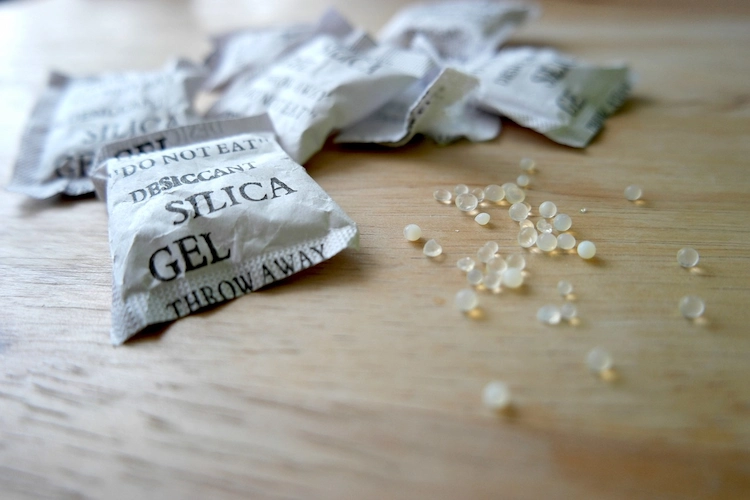As the temperatures outside are starting to drop, a common household problem is making a comeback. Exterior condensation on windows can be annoying, but if it is treated correctly, the damage can be reduced, if not completely eliminated! How do you stop it? Let’s take a look at some of the most effective home remedies!
Window condensation is an issue that we’ve all had to deal with at some point in our lives. It’s even more difficult to control the moisture build-up during the winter. Read on to learn clever tricks that will help you deal with it for good!
Exterior Condensation on Windows: How Can You Prevent It?
When the temperature inside our homes is higher than that outside, our windows often mist up. The droplets that run down the glass can easily cause mold over time, which is a serious health hazard. I understand that you may not want to do this, but it is important to leave your windows open for a few hours during the day even in the cold months, so that the air can circulate. It is also mandatory to ventilate the rooms regularly when you cook and do laundry as they can also lead to the same problem.
Combat Steamed-Up Windows with Cat Litter
A rather unusual solution, that is also extremely effective, is cat litter. Apart from its main purpose, it also has other unexpected uses. Cat litter is designed to soak up moisture, which makes it a perfect cost-effective tool for combating foggy windows.
What you have to do is put a few handfuls of the cat litter in an old pair of socks, tie it up, and then place it on the windowsill. Remember to change and refill the sock every month to avoid unpleasant odors.
A Bowl of Crystal Salt
Another budget-friendly method with an item you probably already have at your disposal is to use salt. Do you feel dehydrated after you’ve eaten or drank something that’s really salty? That’s because it has the ability to absorb moisture, which can be seen as a benefit when you use it as a homemade dehumidifier. Simply fill a bowl with salt (preferably pink Himalayan crystal salt) and place it on your windowsill or in proximity to it.
Check the salt occasionally and when you feel that it’s starting to get damp, it’s time to change it!
Read also: High Humidity in Home Despite Ventilation: Causes & 7 Easy Solutions
Exterior Condensation on Windows: Baking Soda Can Help
As you may already know, baking soda is a life-saving all-purpose ingredient that can be used for a variety of household cleaning tasks. Well, we can also add ‘condensation fighter’ under its belt.
Similar to the salt method, take an empty bowl, fill it with baking soda, and then place it on the windowsill. Keep in mind that it is less effective than crystal salt, however, it works just fine for smaller spaces.
Shaving Foam
Have you heard of the trick for cleaning windows with shaving foam? Well, it can actually do a lot more than that. It is incredibly effective against steamed-up windows and can also prevent moisture build-up. Remember – use only foam and NOT shaving gel!
How do you do it? Coat the window pane with shaving foam using a clean cloth. Rub it in until the window becomes clear.
You can also use this method for bathroom mirrors, as well as car windows.
Glycerine
Glycerine is an essential product that is used to create a protective barrier for the skin. But did you know it can also do the same for your windows?
In the case of double-glazed windows that mist up between the panes, you probably have a damaged sealing. Vaseline contains glycerine, so you can use it to quickly fix this issue by applying a thick layer of it over the damaged area.
The first thing you have to do is clean all the dirt from the nooks and crannies, and then close the windows completely shut.
Apply the Vaseline to the areas where the window touches the frame. If you notice any large gaps, fill them with a commercially available sealant.
Silica Gel to Absorb Moisture
Have you ever wondered what those little bags with tiny pebbles that you find in your new bags or shoe boxes are? It’s silica gel – a super effective moisture absorbent. You actually use those bags to absorb the excess moisture from your windows by placing them between the panes or on the windowsills. Remember to replace them regularly, or they will fall apart.
Read also: How to Clean Mold on Window Frame? Easy & Quick Home Remedies




